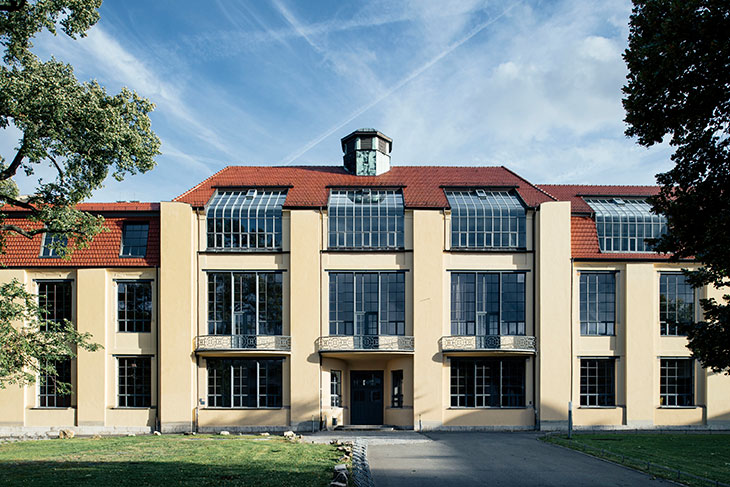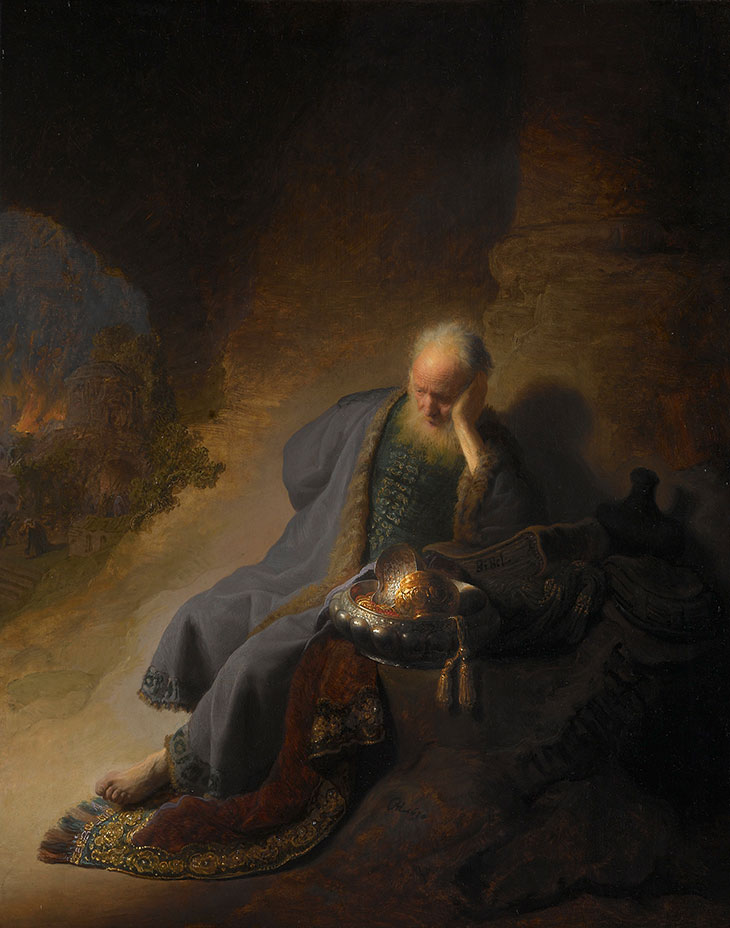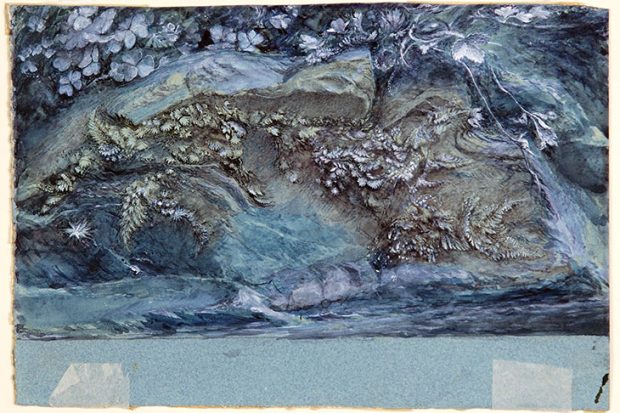Bauhaus
In April 1919 the architect and educator Walter Gropius signed his contract to become the inaugural director of the Bauhaus in Weimar. Until it was forced to close by the Nazi regime in 1933, the school was the centre of modern European design. It is in the spirit that the Bauhaus centenary is being marked with the creation of not one but three new museum buildings – in Weimar, Dessau and Berlin (although the latter will not open until 2022). Other events include a multi-disciplinary festival at the Akademie der Künste in Berlin (16–24 January) and the ‘bauhaus imaginista’ series of international exhibitions exploring the legacy of the Bauhaus.
The main building of the Bauhaus School in Weimar. Photo: Tillman Franzen

Gustave Courbet
The town of Ornans, birthplace of Gustave Courbet and home of the Musée Courbet, is gearing up to celebrate the bicentenary of the artist’s birth in 2019. Some €1.4m of departmental funding has been allocated for a series of exhibitions and projects, some of which have yet to be announced. Highlights that have been confirmed include a show of the artist’s drawings (24 February–29 April) and the idiosyncratic pairing of works by Courbet and contemporary Chinese artist Yan Pei-Ming (10 June–30 September), both at the Musée Courbet.
Leonardo
The 500th anniversary of Leonardo da Vinci’s death in May 1519 is being marked around the world. The biggest splash comes in the autumn with an exhibition at the Louvre aiming to unite the greatest possible number of works, including the five paintings in the museum’s collection and a loan of the Salvator Mundi. Elsewhere, more than 200 drawings in the Royal Collection will form the basis of a touring show, presented at the Queen’s Gallery in London (24 May–13 October) and the Palace of Holyroodhouse in Edinburgh (22 November–15 March 2020). And at the British Library, Leonardo’s scientific contributions can be seen in a display of three notebooks including the Codex Leicester, on view in the UK for the first time since its purchase by Bill Gates in 1994 (7 June–8 September).
The Prado
On 19 November 1819 the Royal Museum of Paintings and Sculptures in Madrid, later renamed the Museo Nacional del Prado, opened its doors to the public. There were 311 pictures, all by Spanish artists, in the first collection catalogue published that year. Two hundred years later, the Prado has launched its bicentenary programme with an exhibition surveying the evolution of the museum and its collection (until 10 March).
Rembrandt
The Rijksmuseum, home to the greatest number of works by Rembrandt van Rijn, has dedicated the whole year to the artist, who died 350 years ago. Its programme begins with a show of nearly 400 paintings, drawings and prints in the museum’s collection (15 February–10 June) and concludes with a pairing of the Dutch master with his Spanish contemporary, Diego Velázquez (11 October–19 January 2020). Other museums in Netherlands and beyond are getting in on the act, too – a show exploring Rembrandt’s early years opens at the Museum De Lakenhal in Leiden (3 November–9 February 2020) before moving to the Ashmolean in Oxford in 2020; at the British Museum, the focus is on his drawings (7 February–4 August).
Jeremiah Lamenting the Destruction of Jerusalem (1630), Rembrandt van Rijn. Rijksmuseum, Amsterdam

John Ruskin
The Victorian critic, social commentator and artist was born on 8 February 1819 and the 200th anniversary of his birth will be marked with a range of exhibitions, conferences and books, on topics from his aesthetic legacy (‘John Ruskin: The Power of Seeing’ at Two Temple Place, London, 26 January–22 April) to his interest in geology (‘Treasure from Dust: Ruskin’s Geology’ at Brantwood, Coniston, 8 August–11 November). There’s even a birthday bash of sorts taking place on the day itself at the Royal Academy in London: ‘All Great Art Is Praise’, an evening of music and readings from Ruskin’s writings.
Study of Moss, Fern and Wood -Sorrel, upon a Rocky River Bank (1875–79), John Ruskin. © Collection of the Guild of St George/Museums Sheffield



